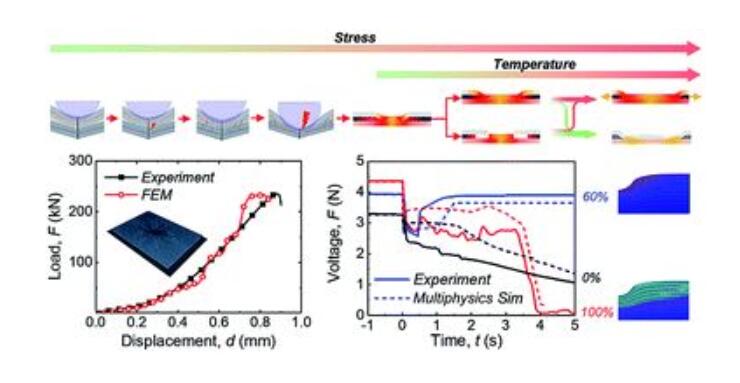Home > Technological Innovation
Abstract: The spare chip has all been turned positive. Huawei's recent progress on the two research result in the field of lithium ion batteries was also being explored.
The first result: safety issues caused by internal short circuits in lithium-ion batteries.
Internal short circuit has always been one of the important topics in the research of lithium ion battery safety. Current short-circuit research methods developed include thermal triggering (paraffin, phase change materials, shape memory alloys, etc.), electrical triggering (charging/discharging, etc.), and mechanical triggering (acupuncture, built-in metal particles, perforated diaphragms, etc.). However, due to the sealing of the battery system and the multiple factors of heat, electricity and machinery, the process and mechanism of internal short circuit are far from deep understanding. The research on internal short circuit urgently requires new principles and new high repeatability and high precision. method. Highlights of the method: 1. The method has high repeatability; 2. Combining experiments and simulation means to explore the development process of internal short circuit.
In this study, a small steel ball with a diameter of 2 mm was intruded into the battery to trigger an internal short circuit at a speed of 1 mm/min. The voltage, temperature changes at different positions and real-time video were monitored during the experiment. The battery used in the experiment was a LiCoO2 mobile phone battery provided by Huawei.

The second result:Approaching the capacity limit of lithium cobalt oxide in lithium ion batteries via lanthanum and aluminium doping.
The theoretical capacity of the lithium cobaltate material is 274 mAh / g, but in order to maintain the structural stability and good cycle performance of lithium cobalt oxide in practice, we generally limit the charging voltage to about 4.2V. Therefore, the actual use capacity of lithium cobaltate is also around 140 mAh/g.
In recent years, material manufacturers have improved the structural stability of lithium cobaltate by surface coating and element doping. The charging voltage can be increased to 4.35V, which makes the reversible capacity of lithium cobaltate material reach 165mAh/g, but this still does not meet the needs of high-energy lithium-ion batteries.
To this end, Huawei Academia Sinica and the United States Argonne National Laboratory, doping La and Al, the stability voltage of LiCoO2 increased to 4.5V, reversible capacity reached 190mAh/g. La can increase the unit cell parameters of the LCO material in the c-axis direction, and Al can promote the diffusion of Li+, stabilize the crystal structure and prevent the phase change of the LCO material. The interaction between the two significantly improves the LCO material under high voltage. The structural stability is still able to maintain 96% capacity after 50 cycles, and the LCO material's rate performance has been greatly improved.
AOT ELECTRONIC TECHNOLOGY CO.,LTD which has 13 years experience in LITHIUM ION BATTERY field. We provide full kinds of battery equipment and material, the lab research line is available according to the requirements of customer.
Advantage of Technology, Advantage of Team!
Contact: Ms.Lika (Sales)
Email:sales@aotbattery.com
Tel: +86-592-7161550
Phone : 0086-19906035385
Web: www.aotbattery.com
Contact: Lika
Phone: +86-19906035385
Tel: 0086-592-7161550
Email: sales@aotbattery.com
Add: No.168, Zhaogang Road, Xiamen City, China